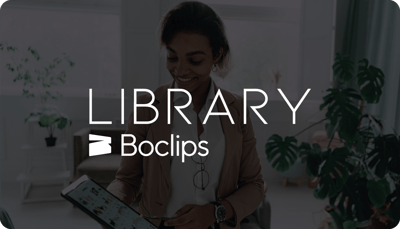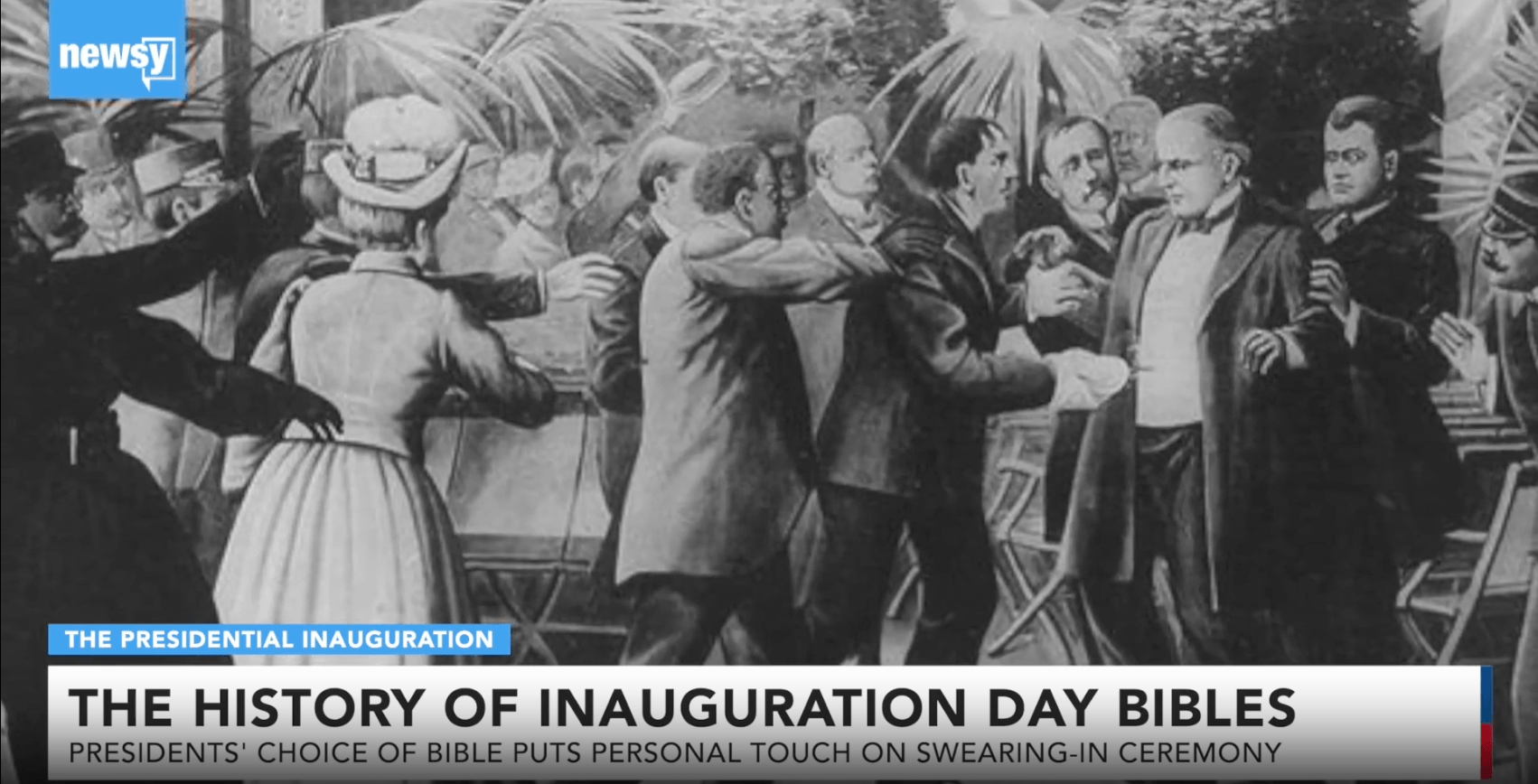Looking for tv programs and movies online, the average viewer is faced with a choice. Whilst subscription sites offer hours of high-quality content for streaming or download, the often tempting alternative is to hunt through acres of sub-standard or illegal material to avoid the cost.
It was announced last week that the increasingly global reach of Netflix is helping to quell the tide of online piracy. Ease of access, well-organised libraries and quick, high-quality delivery provide a service compelling enough to draw consumers away from the glut of free and illegal digital material.
Something similar is stirring in the education industry.
Though arguably a few years behind the entertainment world in tech innovation, teachers and learners alike understand the significant educational value of rich, relevant and engaging video. The digital re-architecture of the classroom experienced over the past five years has transformed whiteboards into smartboards, textbooks into tablets. All that is left, it seems, is the content on the screen.
When searching for video, publishers face similar problems: an expanse of online content without a way to navigate it, broken links, pop-up ads and complicated pricing. Add to that the thorny issue of copyright and the landscape starts to look more treacherous than inviting. The world of education, like entertainment, needs an aggregator and curator who can simply present the best that video can offer.
At BETT 2015, London-based start-up Knowledgemotion launched Boclips, the world’s largest video library for education. A platform for education providers to easily find and license video for digital resources. Now, at BETT 2016, Boclips boasts almost 2 million videos from some of the world’s most renowned providers including BBC Worldwide, Getty Images, Associated Press, Bloomberg News and British Movietone. Users can search for videos by curriculum, subject and age group, and can organise, share and even edit selections using a range of creative services.
“There are parallels with Netflix,” says Knowledgemotion founder and CEO, David Bainbridge. “The key is access. The world’s best content in one place, with simple pricing and easy search.”
Kaltura, the leading video tech provider has a similar view of where the industry is headed. A recent Kaltura report, The State of Video in Education 2015, suggests that video usage in the classroom is growing year on year (from 76% in 2014 to 84% in 2015). Students who consume information about the world so frequently through video at home are naturally eager for similar production values inside the classroom.
The concept of Boclips is proving a compelling one – the platform is already being put to use across three continents and by over a dozen publishers.
The library continues to add up-to-the-minute material and new content sources to satisfy the growing demand for educational and instructional video in all its forms, from scholarly and language learning, to vocational and corporate training. Just as Netflix is proving in entertainment, Boclips can extend the market for high quality video whilst ensuring that rights holders are appropriately rewarded.
For further information contact:
Imal Wagner at Imal PR
E imalwagner@gmail.com T +1 (301) 325 4085
For a demonstration of Boclips:
David Bainbridge at Knowledgemotion
E david@knowledgemotion.com T +44 7801 180155
Boclips
Boclips is on a mission to make learning more captivating with video with an easier, safer way to access videos from the world’s leading video producers.
- #Video in Digital Learning
- #Classroom
- #Educational Videos
- #Video Content Partners
- #Tips for Using Video
- #Boclips for Publishers
- #Issues in Education
- #Educational Videos by Subject Area
- #News and Announcements
- #Events & Holidays
- #Video and Teaching Tools
- #Teaching Methodologies
- #Education Videos
- #Video and Digital Literacy
- #Short Educational Videos
- #Instructional Design
- #Multimodal Learning
- #Video and Student Safety
- #Accessibility in Education
-3.png?width=390&height=223&name=Untitled%20design%20(2)-3.png)


.png?width=1152&height=660&name=Copy%20of%20Untitled%20Design%20(1).png)


